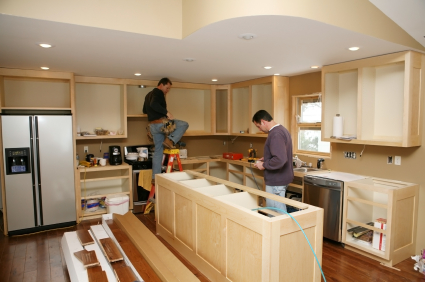Knob Noster, MO – The days of roasting hot dogs on a stick over a campfire or wrapping some concoction in tinfoil and letting it simmer on a grate are over for Dave Lako. When he goes camping, he looks more like a master chef than someone who’s in search for a quick and easy meal. He often brings three sizes of Dutch ovens; a cutting board; an assortment of meat, vegetables and fruits; various canned and boxed mixes; and plenty of charcoal. That’s his way of proving that you don’t have to rough it when you go camping.
“When I was younger, we’d eat hot dogs, dehydrated food, stews in tinfoil—anything easy,” said Lako, who is the operations section chief for Missouri State Parks. “It wasn’t gourmet cooking at the campground. Flavor wasn’t a big priority back in those days. But I eventually learned that I didn’t have to sacrifice anything when I went camping. With Dutch ovens, just about anything I can cook at home I can do in the outdoors. And it tastes a lot better when you’re in the fresh air and sitting at the edge of a lake.”
Lako discovered the value of Dutch oven cooking when he assisted a naturalist on a backpack camping trip sponsored by the Missouri Department of Natural Resources, which oversees the state park system. He helped prepare a meal that consisted of bison roast, baked potatoes, baked beans, biscuits and a dessert. It opened his eyes to the versatility of the Dutch oven.
“It’s a lot more than just a frying pan you use over a fire,” Lako said. “This naturalist and his family celebrate Thanksgiving in the outdoors and fix a traditional meal—the turkey, pumpkin pie, mashed potatoes, dressing, everything—with a Dutch oven. It really is a fun way to cook at the campground.”
The concept is nothing new. In the late 1600s, the Dutch devised a way to make cast iron cooking pots to prepare their meals. An Englishman traveled to the Netherlands to observe how they were made and brought the process back to England. Within four years, he made some revisions and got a patent for his invention.
They became very popular in the American colonies—so popular that such notables as George Washington’s mother specified in her will who would receive her “iron kitchen furniture.” The great explorers Lewis and Clark even included Dutch ovens as part of their necessities as they traveled in the wilderness.
Today’s Dutch ovens are often used in the outdoors by campers such as Lako. They have legs and a tight-fitting lid that is rimmed so that charcoal briquettes can be placed on top as well as at the bottom. By controlling the number of briquettes used, camp cooks can control the heat. Lako often shoots for an average temperature of 325 degrees.
So how does he know how many briquettes to use to reach that temperature? To calculate how many briquettes he needs to reach 325 degrees, he doubles the diameter of his oven and places the coals in a circle under and on the lid of the Dutch oven. He places one-third of the coals under the Dutch oven and two-thirds on the lid. The briquettes last for about a half-hour. In some recipes, they may have to be replaced a couple of times during the cooking process.
Lako was busy on a recent cool morning at Knob Noster State Park, demonstrating the process. First, he fired up the charcoal and then he went to work on his cutting board. He started by slicing up sausages and dicing onions, celery and green peppers. He sautéed that mix, adding Cajun spices and Ro-Tel. Then he added chicken broth, and rice, and finally some shrimp. Voila. The main course of sausage jambalaya was ready to slow cook.
But that was only the start. In another Dutch oven, he prepared cornbread. And in still another, he made dessert—a strawberry-rhubarb mix. He followed recipes from the Missouri State Parks cookbook, “More Than S’Mores: A Taste of Missouri State Parks.” He staggered the times he put each course on, and three hours later, he and state park workers sat down to a feast.
But such meals aren’t unusual for Lako. He enjoys cooking and playing with new ideas for recipes. He has prepared everything from pot roast to pork shoulder, to various stews, to bread and cobblers on his set of Dutch ovens.
An avid camper, he is in the process of renovating a 1954 “Canned Ham” camper he discovered in a field near the Katy Trail and purchased. His dream is to camp in that vintage RV and bring his set of Dutch ovens along to fix near-gourmet meals.
“I look at the Dutch oven as the original slow cooker,” he said. “The possibilities are endless when you cook with them.”
Camping is a great way to appreciate the peaceful outdoors that Knob Noster has to offer. Peace-seeking couples and families should look into the Knob Noster real estate. When searching for new homes in Knob Noster that are of quality, it’s best to go to Dorn Homes. Considered as the most reliable among home builders in Knob Noster, it offers great service as proven by its many awards and recognitions. Dorn-built homes in Knob Noster are comfortable, convenient, stylish, and energy efficient.
-kansascity.com

 Build
Build
You must be logged in to post a comment.